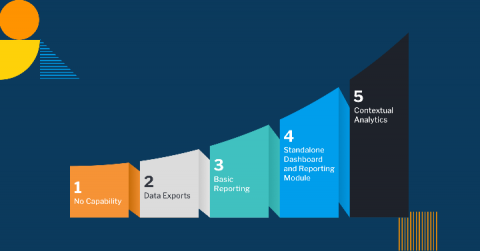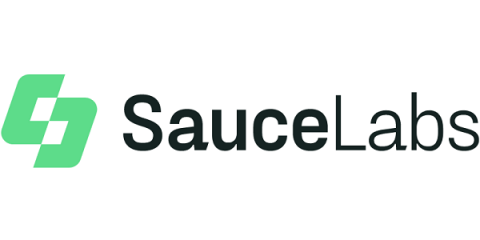The Modern Developer Workflow with Waypoint
Modern developers are under ever increasing pressure to deliver software applications to the business in record time. This means shorter development cycles and a push to have code production ready as early as possible. In addition, many development teams no longer throw the code over the metaphorical wall to be handled by operations and production support teams, but rather oftentimes own the entire end to end delivery chain.










